Peabody Park
On This Page
About
Peabody Park is a 34-acre tract of land at the northern end of UNC Greensboro’s campus that includes Peabody Park Woods and the Piedmont Prairie habitat. Peabody Park Woods is a mixed hardwood forest typical of pre-development conditions in North Carolina and contains native trees, shrubs, and wildflowers. The prairie includes many native wildflowers and grasses. Both are vital refuges for a wide variety of animals, plants, and pollinators characteristic of the Piedmont region of the eastern United States.
The park lies on land that is topographically variable. Two tributaries of North Buffalo Creek run through the park, one flowing through the Woods and another flowing through the fields near the prairie. These branches receive stormwater runoff from the UNCG campus and from the neighboring area around Tate St. The water from these creeks drains into North Buffalo Creek, on the north side of Friendly Avenue.
History
Peabody Park originally included 125 acres of forests and fields and dates to 1897, a time when UNC Greensboro’s predecessor institution focused on educating women to become teachers. With a gift from Philanthropist George Foster Peabody, then President, Charles Duncan McIver, proposed an educational park. Peabody was born in Columbus, GA and supported a variety of educational and political causes and in the late 1800s served on the Southern Education Board along with President McIver (1860-1906). He helped support McIver in the effort to establish the women’s college that became UNCG.
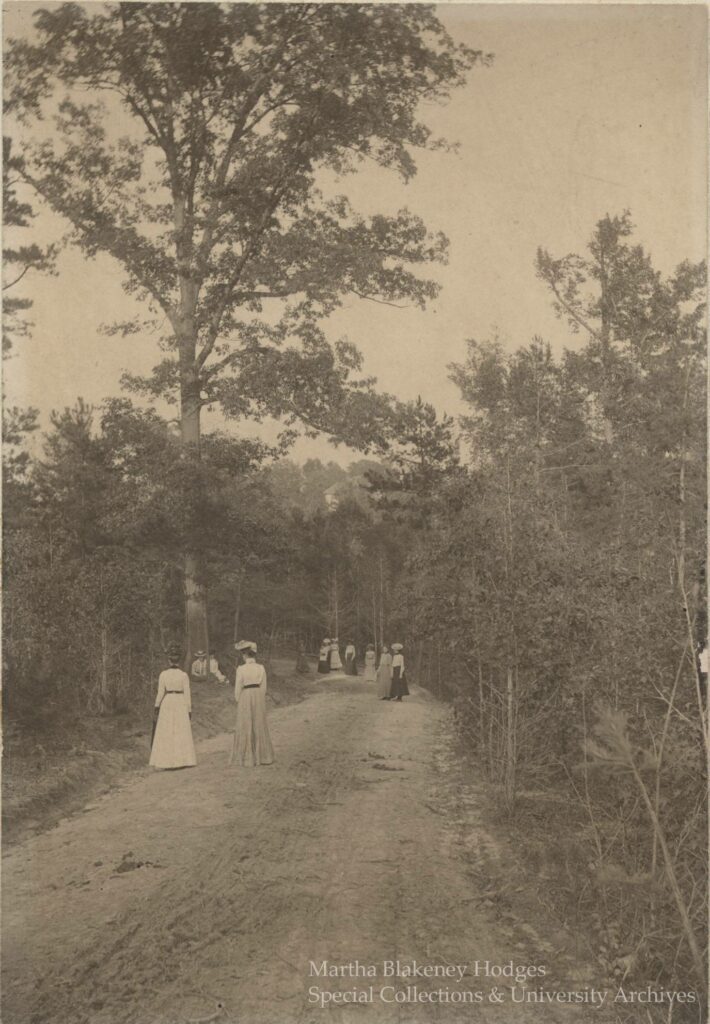
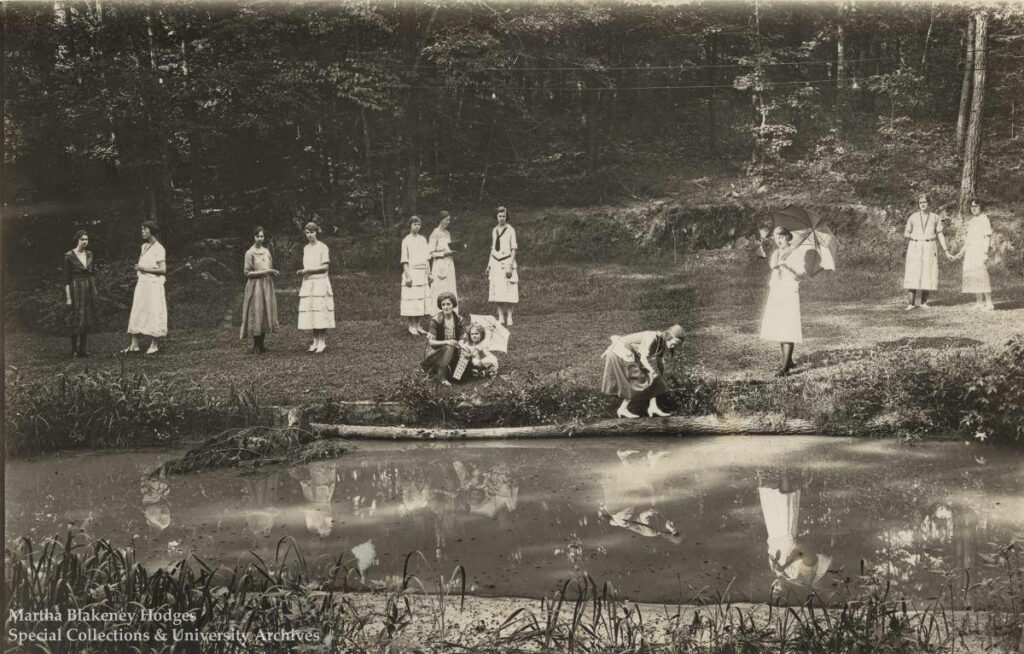
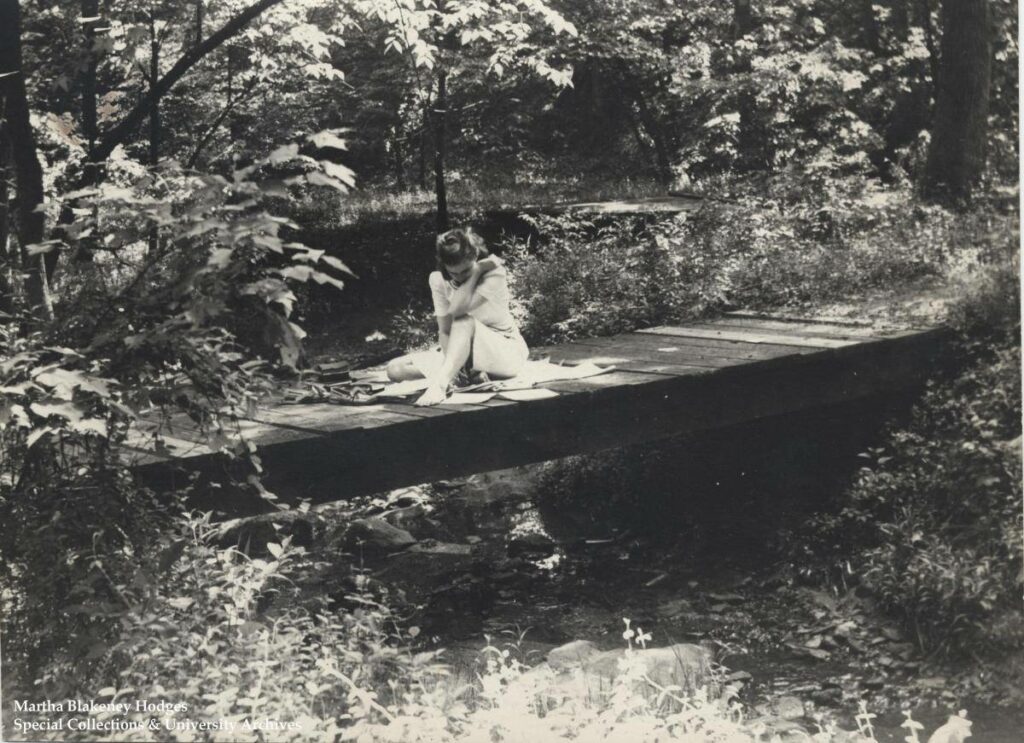

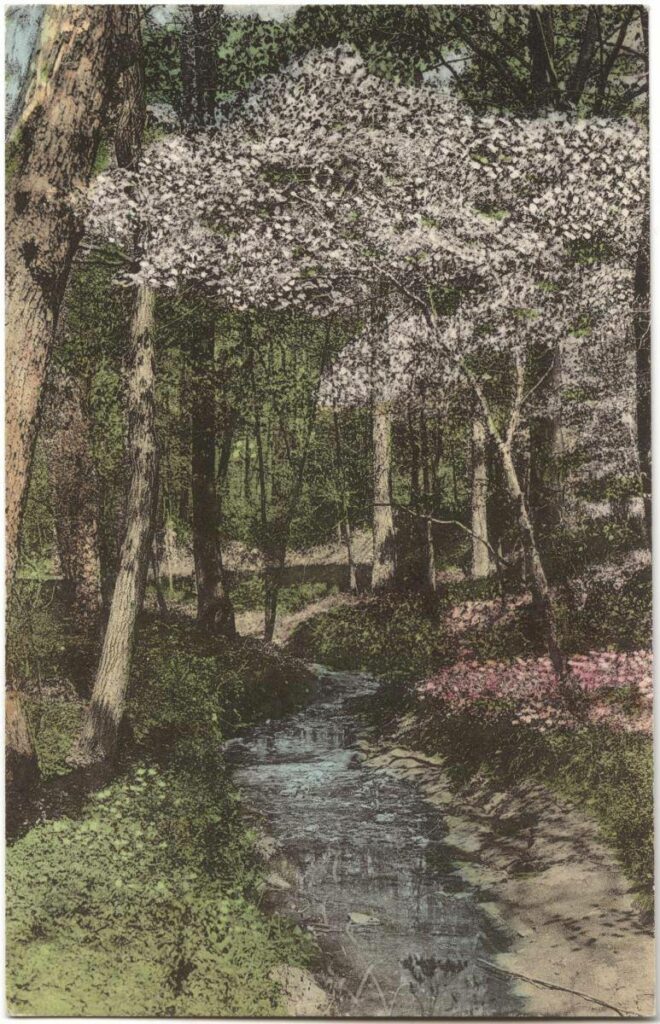
The original pathway network of Peabody Park was laid out by landscape architect, Warren H. Manning, a promoter of informal and naturalistic “wild garden” design. Manning was born in 1860 in Reading, Massachusetts. A self-taught designer, he initially worked with Frederick Law Olmsted, the landscape architect for Central Park in New York. In 1901, he started work on the North Carolina State Normal and Industrial school campus (UNC Greensboro) and was named the official architect of the university in 1909. He worked under the university on a variety of projects until 1921 with his most memorable contribution being the layout of College Avenue. Manning’s notable works beyond the campus include the Biltmore Estate near Asheville, North Carolina.
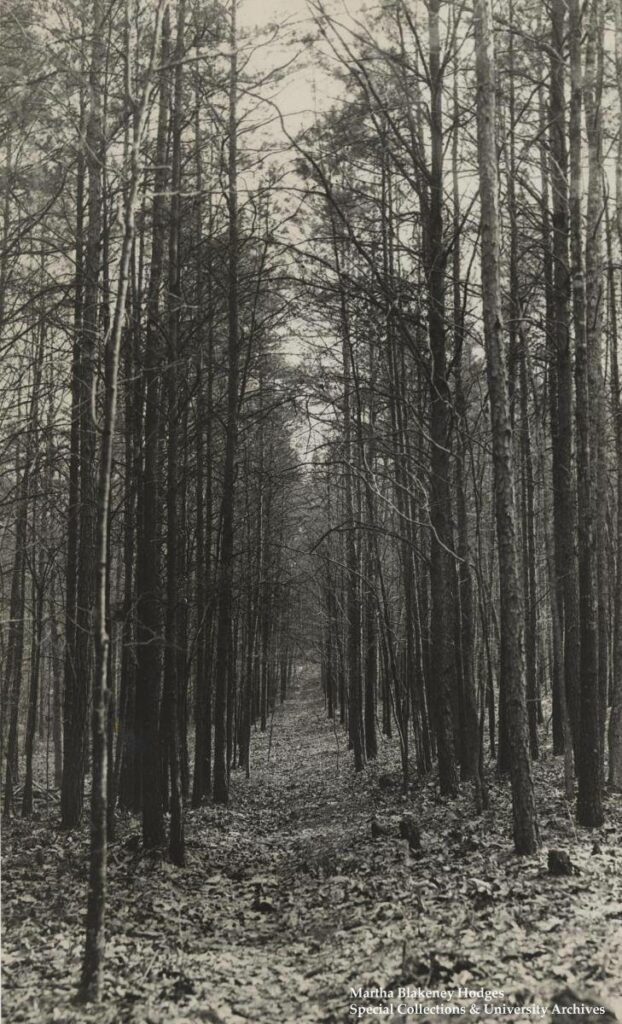

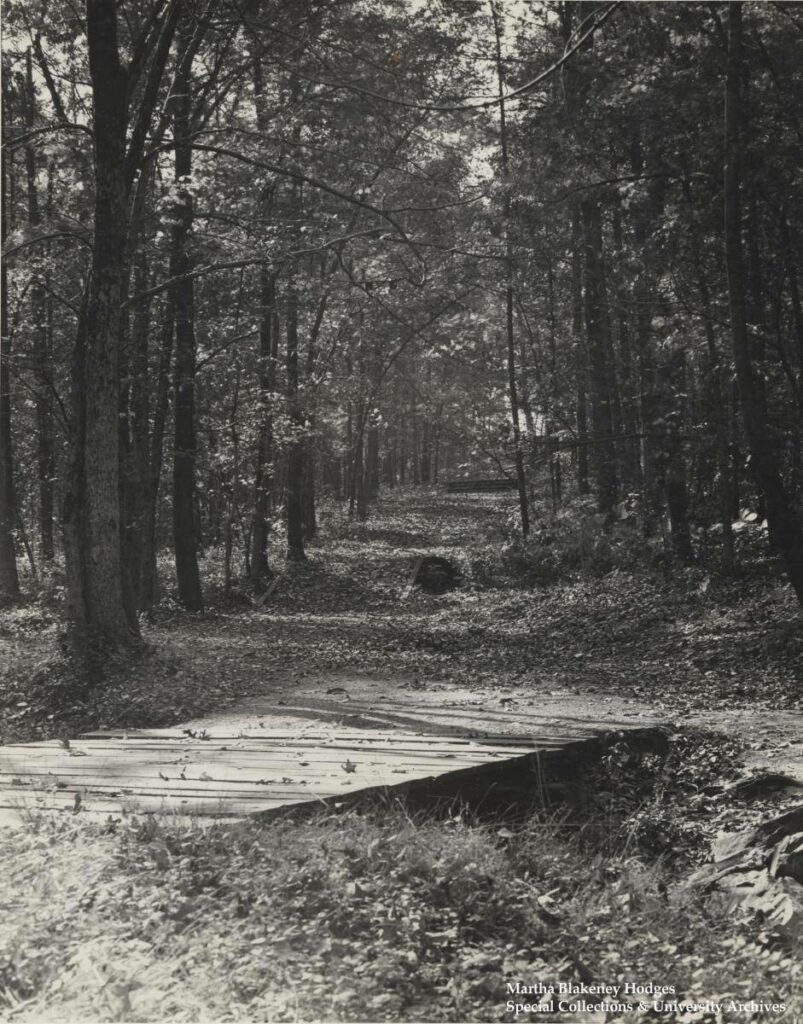
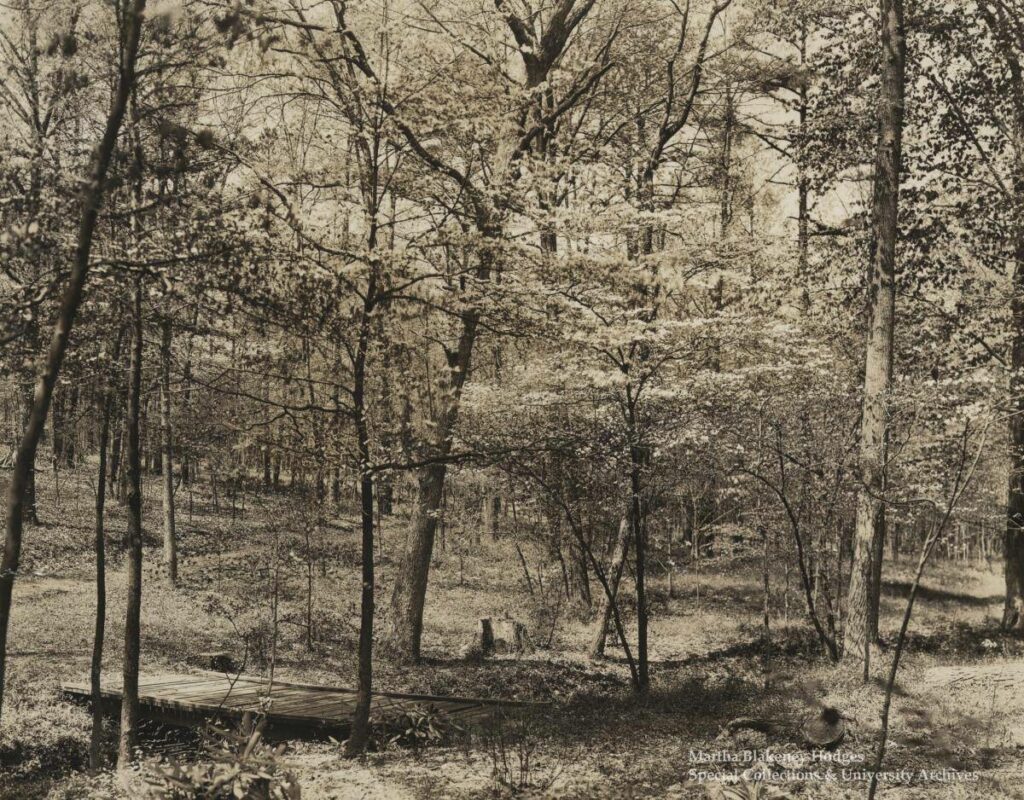
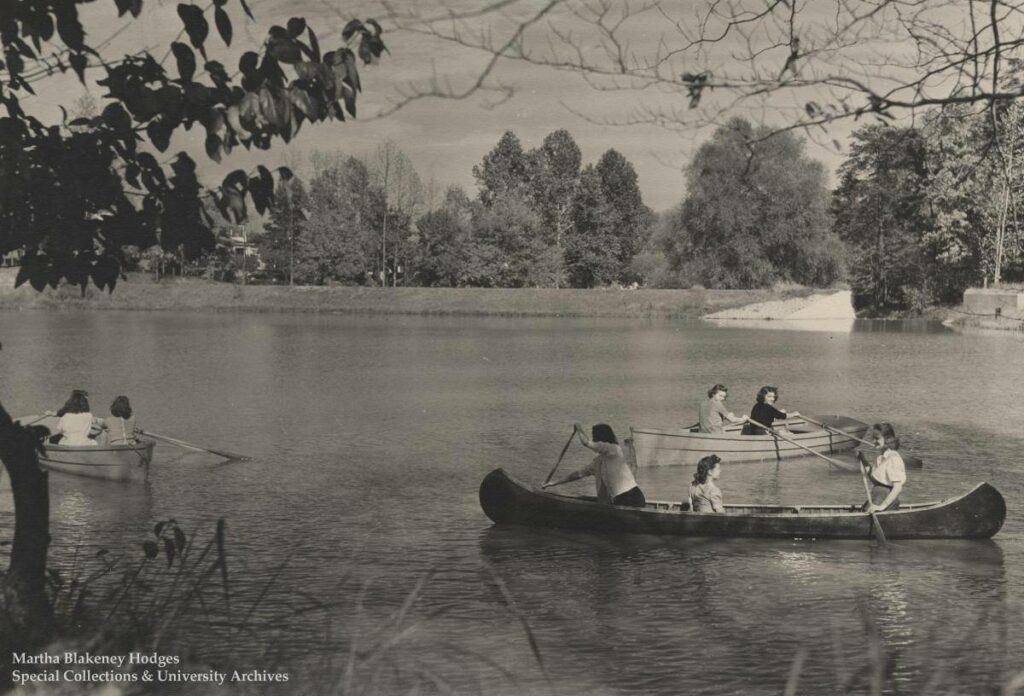
The open field and current golf course area of Peabody Park was originally utilized as a campus farm. It included a dairy located near the current Quadrangle. The farm supplied milk, pork, and produce to the institution’s dining halls and served as a horticulture teaching laboratory. In 1923, the farm relocated to a 250-acre site in Friendship Township, in western Guilford County.
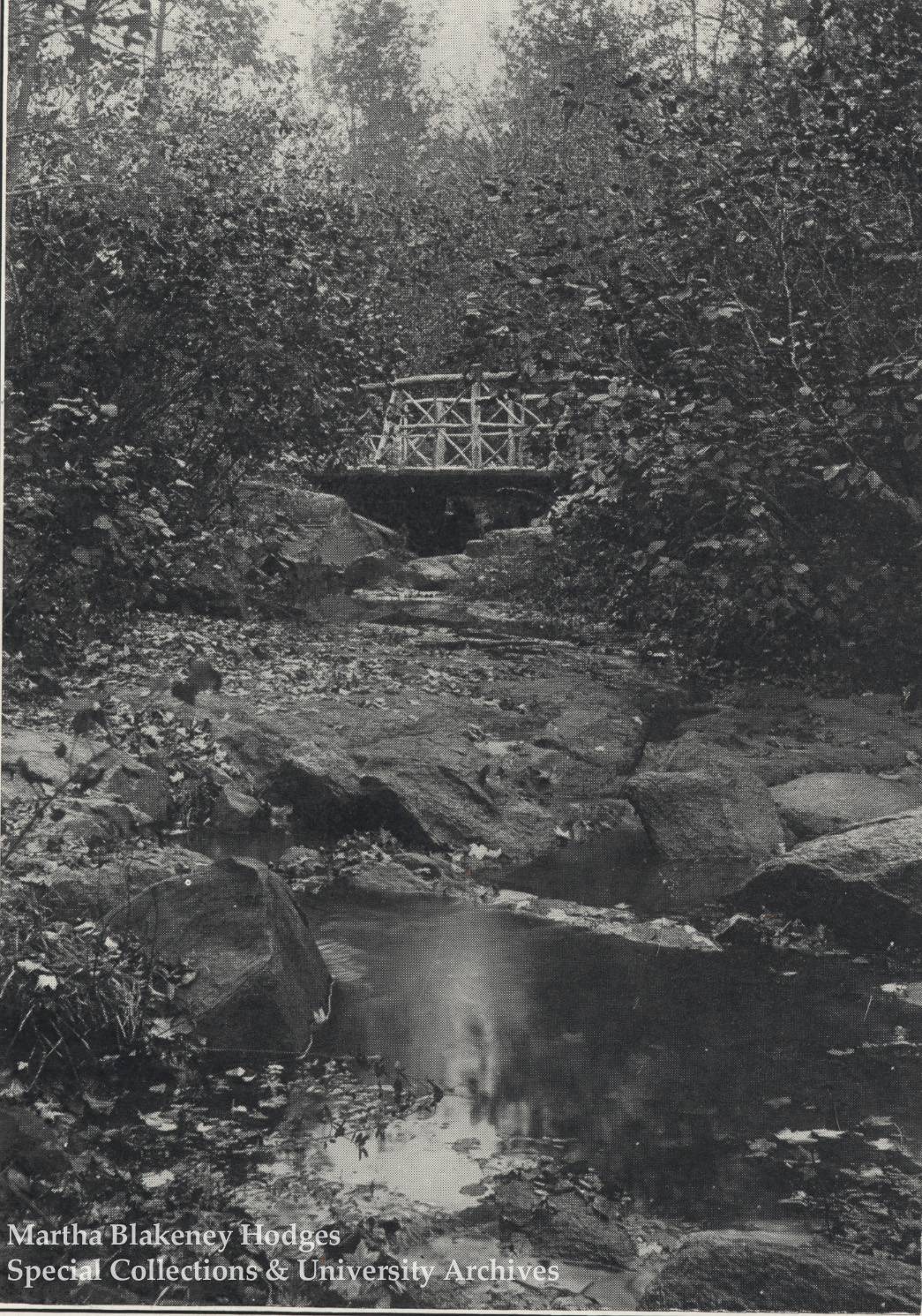

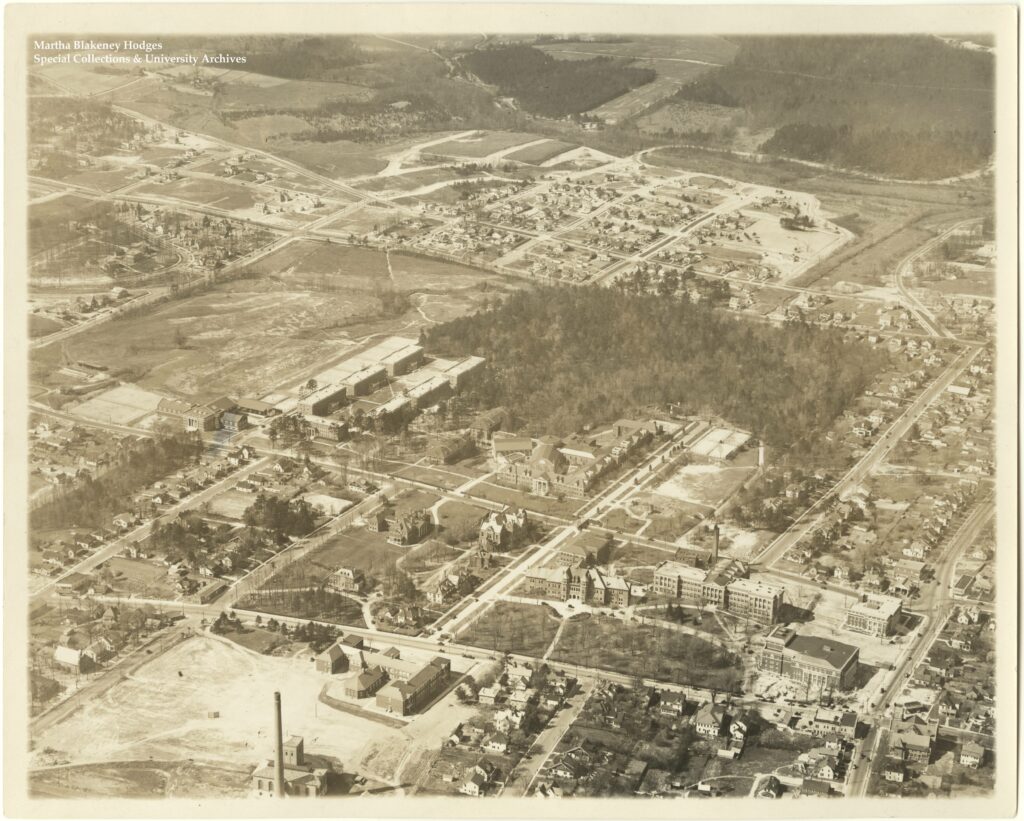

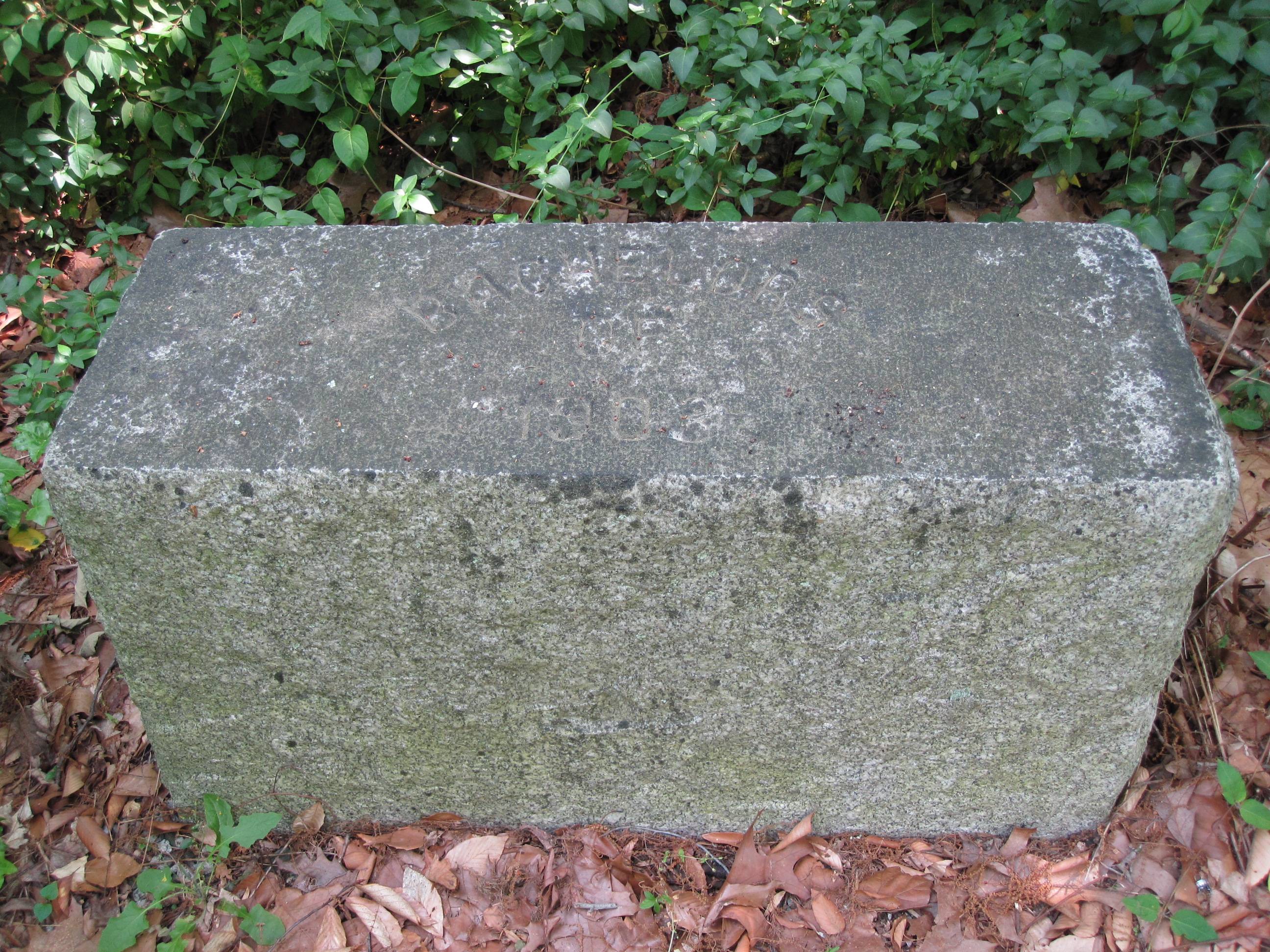
In the 1930s, during the Great Depression, the parkland was repurposed for recreational uses including a nine-hole golf course, amphitheater and man-made lake constructed as part of a Civil Works Administration (CWA) project. The amphitheater was used for concerts, pageants, and plays until 1954 when the lake was removed to make way for a renewed golf course. The initial golf course proved to be difficult to maintain and finance especially during the lean years of World War II. It was replaced by a new golf course in 1957 developed with leadership by alumnae and faculty member Ellen Griffin, one of the three original organizers of the Women’s Professional Golf Association (now the Ladies Professional Golf Association, or LPGA). Over the years, the golf course was displaced by other land uses including the campus recreation center on Walker Avenue, outdoor recreation fields, and parking. In 1998, the golf course was consolidated to the current 150-yard practice fairway and greens located adjacent to West Market Street.
Preservation Committee
In the 1990s, a renewed appreciation emerged for Peabody Park, the total area of which had been reduced over the years by major campus developments. In response, Chancellor Patricia Sullivan established the Peabody Park Preservation Committee in 1997 to oversee the maintenance and preservation of the park.
The mission of the Preservation Committee is to 1) preserve and maintain Peabody Park Woods as a natural mixed hardwood forest characterized by species native to the piedmont of North Carolina, 2) re-establish and maintain the fire-adapted Piedmont Prairie community of rare native wildflowers, grasses, and fauna dependent upon them, 3) educate the UNCG community about species conservation, and 4) oversee our annual re-certification of the Arbor Day Foundation’s Tree Campus Higher Education program.
Maintenance includes providing leadership for the removal of invasive species (bush honeysuckle, English ivy, and privet) and the planting of species that enhance ecosystem and species diversity. The Committee also helps to maintain safety in the woods and prairie, posts signage to educate the community about species identification and restoration efforts and makes recommendations to the Chancellor about any permanent structure that might be placed in the woods and prairie.
The Committee sponsors an “Ivy Pull” every fall and spring semester for the purpose of removing invasive plants from the park. During this time, volunteers also clear debris and trash, plant native plants and improve the accessibility of the park. This is an excellent opportunity for different campus units to get involved in the restoration and beautification of the Woods.
In 2010, the Peabody Park Preservation Committee received the Greensboro Beautiful annual service award for its “year-round excellence in environmental education and campus beautification.
Ecology
The park sits on a foundation of bedrock formed 500 million years ago. It is made of metamorphosed reddish granite-granodiorite with darker mafic intrusive layers, which are exposed at several points in the park. The branches of North Buffalo Creek originate from underground springs on campus, traverse through the park, and flow northward into the Lake Daniel neighborhood and become the Haw River, Jordan Lake, and the Cape Fear River on their way eventually into the Atlantic Ocean. The small streams illustrate processes of natural stream erosion, deposition, and channel migration.
The woods contain a diversity of early- and late-successional tree species that range in size from young saplings to large canopy trees. The canopy tree species, such as oaks, hickories, maples, beech, elm, tulip poplar, shortleaf pine are native to the North Carolina piedmont, as are the sub-canopy tree species, such as dogwood, pawpaw, and redbud. The Park is also home to several perennial herbs, including trillium, Solomon’s seal, crane-fly orchid, wild ginger, liverworts, and horsetail. The horsetail population, frequently seen along the stream banks, is one of only two known populations in Guilford County.
Mallard ducks are often seen in the streams and in the wetlands, and small fish, crayfish, and aquatic invertebrates live in the streams. Red-tailed and Cooper’s hawks, red-bellied woodpeckers, and many smaller birds call Peabody Park home. Others use the park as an important stopover during annual migrations. Plant pollinators have become increasingly abundant because of the development of the Piedmont Prairie, and occasionally, one can spot a fox, raccoon, turkey, or possum.